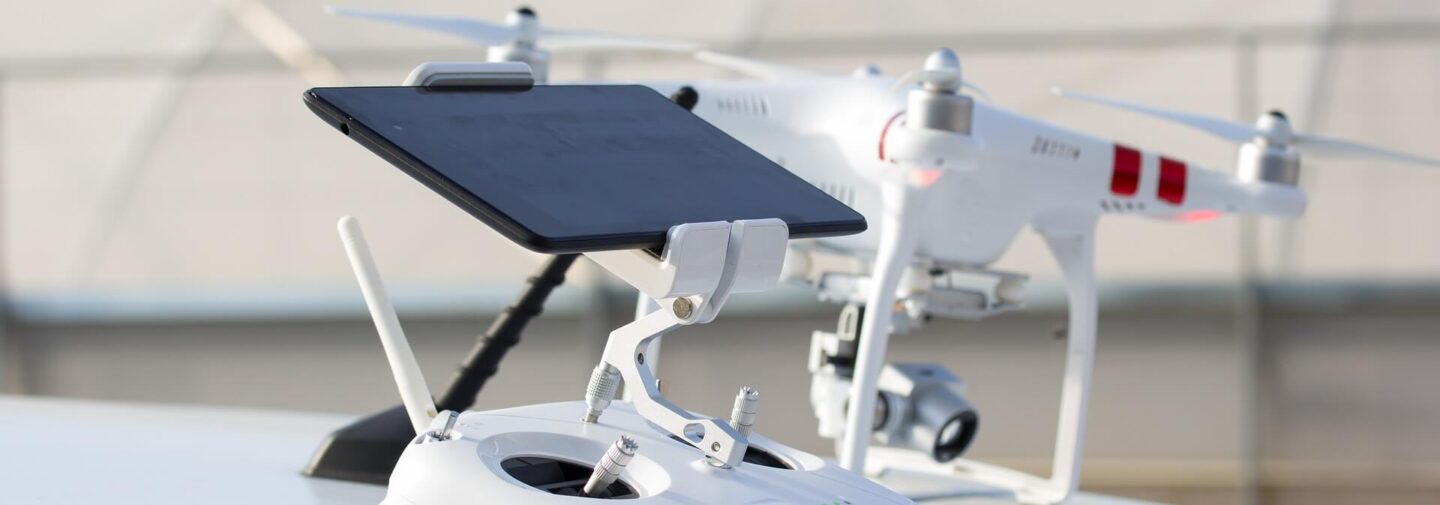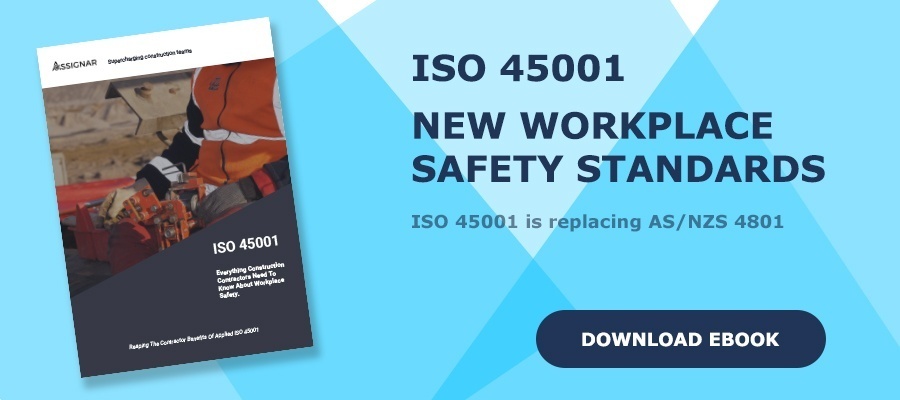Using Drones To Point Out Potential Construction Jobsite Safety Hazards
In this bold new world of construction technology, many contractors have set focus on how drones can be used to help identify potential jobsite safety hazards. After all, the evidence is in. Drone-based site mapping:
- Enables better control over the jobsite safety inspection process
- Ensures more confident identification of existing construction site hazards
- AND Helps contractors reduce the massive cost of work-related safety incidents.
According to OSHA worker safety statistics, the current cost for worker compensation comes in just short of $1 billion per week. And the estimated costs for worker injury and employee illness incidents do not take into consideration the:
- Incremental expenses associated with related equipment damage
- Losses in jobsite productivity
- Increases in insurance
- OR the price of temporary staff replacement and training.
Seven Benefits of Using Drones To Complete High-Risk Construction Safety Inspections
1) Drones Promote Data Collection Without Additional Safety Risks
Drones remove the personal risk associated with collecting in-depth site data in a high-risk environment.
2) Drones Help Reduce or Eliminate Equipment Downtime
In order to ensure personal safety, certain equipment inspections require shutdown of normal operations. Sending in drones sometimes enable inspection and analyzes of moving parts without need for costly equipment shutdowns.
3) Drones In New Environments
Imagine the benefits of extensive risk calculation and planning in a new environment before a single worker sets foot within the building site.
4) Drones Reduce Regulatory Demands for Health and Safety Checkups
Specific safety requirements burden every high-risk safety check performed by a human worker. In many cases, sending in a drone can fully eliminate the associated safety requirements.
5) Drones Enable Photo Documentation For Before and After Inspection Comparisons
With GPS precision and integrated photo documentation features, Drones enable effective, reliable and automated before and after inspection comparisons.
6) Drones Enable Quicker Inspection Response
Drones facilitate methodical jobsite and equipment inspections without the inherit delays associated with physical human intervention. Drone software and controls enable rapid collection of data and imagery. No one is put at risk. Professional on-ground teams using advanced construction safety analysis tools confirm the details.
7) Drones Reduce Inspection Expenses
The quicker safety problems are identified, the lower the risk of actual employee injury. Drones eliminate many of the associated safety inspection precautions. They don’t need scaffolding, aerial lifts, or many other costly prep steps.
Documenting And Analyzing Drone Inspection Processes
Whether contractors perform safety inspections with or without drones, documentation management and process analysis remains a core component of competent jobsite safety performance. OSHA regulations must be satisfied. Insurance papers must be filed. Documented quality control reports often link directly to safety reports.
Many construction contractors use Assignar construction operations management software as a primary tool for dispatch of workers, equipment and special assets. But it does so much more, including accounting, quality control management, and safety management.
Simplify your jobsite safety management. Stay accurate, compliant, and safe. Test-drive the Assignar safety compliance toolset.






